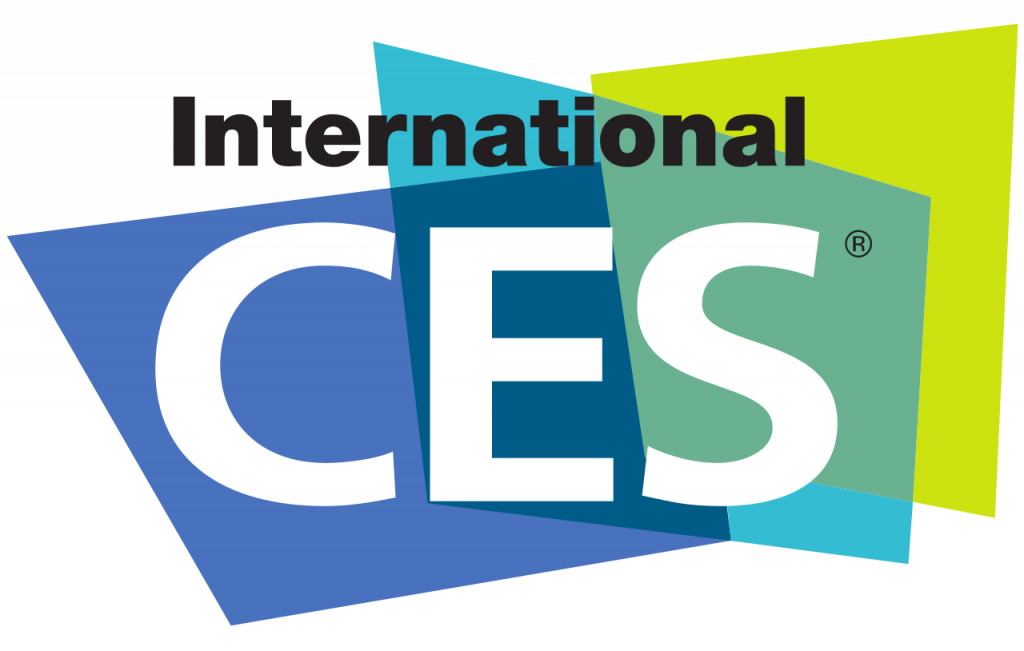This blog post was originally published at videantis' website. It is reprinted here with the permission of videantis.
Getting to CES turned out to be a bit of a problem for quite a few of us this year. Due to a string of storms, fog, and snow, dozens of flights were delayed or cancelled. We were lucky to get in pretty much on time, and after a one-hour taxi line it was a short trip to the strip. It was a short night’s sleep but then we were ready for the show to get started.
You probably know that CES is the biggest gadget show of the year. Over 170,000 people gather in Vegas to experience the very latest in tech. Drones, VR and AR headsets, robots, wearables, 8K displays: it’s all on display. Missing were big product announcements from key companies like Apple, Facebook, Google, Microsoft, and Samsung. It’s apparently not hip anymore to do this at CES; instead, these companies are known to make their big announcements at private events. Still, there was plenty going on.
Over the years, CES has also become a key automotive show: Volkswagen, Audi, Ford, BMW, Toyota, Kia, Mercedes, Chevrolet all had large booths there. In addition, many Tier 1s, the companies that sell their products to the automotive OEMs, had large booths too: Magna, Bosch, Denso, Hyundai Mobis, Delphi, ZF (who acquired TRW), Valeo, and Autoliv, for example, all were present on the floor. NVIDIA announced its Drive PX2 platform, a 250W high-end module that includes two Tegra SOCs and two GPUs. BMW showed their mirrorless vision. Mobileye held an interesting press conference where they presented their vision of autonomous driving and gave a glimpse of their roadmap. For example, they’re using 1.3Mpixel sensors now but see this going to 1.7 Mpixel in 2019 and 7.2 Mpixel in 2020. Mobileye mentioned they’re already working with ON Semiconductor and Sony on the sensor side. They’re seeing driver monitoring as becoming more important, and they spent a lot of time on the importance of mapping and planning versus only sensing.
In case the move toward automotive continues, will CES change its name into AES, for the Automotive Electronics Show? Probably not, since that acronym is already in use by the Audio Engineering Society. Still…
Trending trends
It’s been a couple of weeks since CES closed its doors, so now is a good time to analyze the key trends at the show, specifically which ones need videantis technology. Here’s an overview of what some of the leading magazines said.
Inc. Magazine
The 3 Most Amazing Technologies at CES, according to Robert Scoble at Inc. Magazine, are:
- Virtual reality
- Driverless cars
- Augmented reality
Interestingly, all three technologies rely heavily on display processing, and on cameras.
Wired Magazine
Wired wrote that the biggest trends of CES are:
- Drones, including ones that can carry people
- Smart homes
- Retro: turntables and Polaroid cameras
Two out of the three hot trends according to Wired rely on computer vision. Also, hot last year but not so much this year: wearables and 3D printing.
Yahoo!
Yahoo! identified the 4 biggest tech trends at CES this year as follows:
- HDR television
- Virtual-reality goggles
- Internet of Things
-
Everything else:
- Autonomous vehicles
- Wearables
- Samsung Modular TV
- Sony short-throw projectors
- Panasonic Interactive Mirror
- The Chevy Bolt EV with self-parking and self-steering within a lane, plus a rear-view “mirror” that’s actually a video feed.
Again, by far the majority of these products focus around imaging and computer vision.
CNET Magazine
The big trends of CES 2016 according to CNET:
- OLED displays
- Big 8K TVs
- PC Gaming
- VR headsets
- Cars: new dashboards, autonomous driving, connectivity, and electric vehicles
- Smart fridges with cameras inside, smart homes and home security
- Fitness trackers, smart suites, a wellness belt, and even smart devices for your pets
- Drones
Again, most of these products rely heavily on computer vision and imaging.
PC Magazine
Their article identifies the following top trends:
- Wearables shift focus further toward fitness
- Connected home tech keeps getting smarter
- Drones still dominate
- Virtual reality keeps up its game
- Laptops and tablets continue to merge
- USB-C gains ground
- New display tech is reaching its apex
- Connected and autonomous cars rule the road
Again, by far the majority of these technologies require computer vision. Even USB-C, know for its reversible connector, is used for connecting cameras to systems, for example, so is related to imaging.
Fortune Magazine
Fortune’s five emerging trends of CES 2016:
- Smart homes
- Smart cars
- Drones
- Wearables
- Super UHD
Again, there’s a trend developing here. All of these areas that Fortune identified need new computer vision and imaging technologies.
Summary
It’s quite exciting. Of these trends these 6 magazines identified, about 80% center around cameras, computer vision, and new displays technologies. Both automotive as well as the new emerging product categories are heavily dependent on imaging technologies. Whether it’s new displays, new image sensing technologies, computer vision, image processing and enhancement, or video compression and transmission, all rely on semiconductors that can efficiently process images.
Whether images are coming from a camera, traveling to a display, or anywhere in-between, the image and video processing system plays a crucial part in handling them. And with its unique video/vision processor IP and optimized software, videantis is at the heart of this processing chain.
By Marco Jacobs
Vice President of Marketing, videantis


